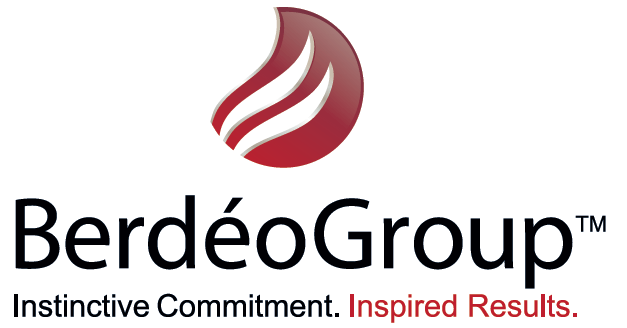The best solution to a problem is often the simplest one. Isn’t that great news? But do you even feel a sense of gratitude for it?
My clients tell me I am a colossal gratitude advocate. And with all its amazing benefits I’ll get to in a minute, it is integral to my coaching. The proof is in the positive behavioral changes my clients and their teams experience.
Gratitude is especially powerful because it is one of the few practices where you see an immediate shift in mindset and emotional state. We’re going to do a little experiment. Please think of a problem you are having at work, and rank the level of stress you feel on a one-to-five scale. Now, say aloud three things you appreciate. They can be anything, but keep it simple for this exercise. Now, sit with the feel-good emotions for a moment. All set? Great. Again, rank the level of stress you feel due to that same problem. Pretty amazing, isn’t it?
A preponderance of research, including a recent study out of USC, shows the benefits of gratitude. They include “better sleep, more exercise, reduced symptoms of physical pain, lower levels of inflammation, lower blood pressure, and a host of other things we associate with better health.”
When gratitude is an essential part of an organization’s culture, employees look forward to coming to work, their well-being increases, and there are measurable enhancements to job satisfaction, collaboration, and productivity.
As organizations across the US continue to adjust to remote working, leaders must be unconventional in their approach to increasing employee engagement. As it would so happen, collectively restored appreciation for things formerly overlooked is one silver lining of COVID-19. In fact, according to a survey conducted by the National Research Group, 90% of Americans say COVID-19 has been “a good time to reflect on what’s important to them.” This encouraging figure is an opportunity for leaders to embrace and propagate a gratitude culture.
Now that we know why gratitude is the gateway to organizational success, here are some simple ways to make it ubiquitous in your organization.
- Develop a gratitude practice. Without mental well-being, effective leadership is an uphill battle. To build a culture of gratitude, practicing what you preach is key. One way to integrate gratitude into your life is to set aside time every day to write, “I am grateful for …” Make the list as long or short as you want. While this practice is easy to integrate, it is easy to forgo if your schedule is hectic. So, I suggest putting something like, “Gratitude time” into your calendar at the same time every day. Doing it first thing will promote a positive mindset, thus setting yourself up for success at work! Struggling to find sources of gratitude? Enjoy 60 Things to be Grateful for in Life or check out The Three Gs to Which All Leaders Should Aspire.
- Give feedforward. The standard approach to improving employee performance is by providing feedback—valuable information on past behavior. Just because it is the standard doesn’t make it the best, however. Feedforward, on the other hand, is future-oriented, whereby you are providing suggestions for the future that could help them positively change certain behaviors. Coined by Marshall Goldsmith, this transformative approach creates a positive environment where you and your employee get excited and inspired for a better tomorrow. Your employee will leave a meeting feeling motivated and grateful for allowing them to create a more harmonious way forward.
- Send handwritten thank-you notes. Think back to the last time you received a handwritten note from someone? It probably warmed your heart. It may have said simply, “thank you for dog sitting.” It is going the extra mile as opposed to sending a text or email. Douglas Conant, former President at Campbell Soup Company, wrote 20 thank-you notes to staff every day to show his appreciation. So, most of you have it easy with a much smaller team! These notes can be for anything from recognizing their eagerness to always help to thanking them for keeping the common space clean. Taking the time to write it and mail it is what will mean the most to your colleagues. And you will also feel good for having done something kind! Win-win.
- Give praise. Publicly recognize an employee who went above and beyond in every team meeting. The recognition doesn’t have to be “work-” related. Celebrating those who extend a helping hand or go out of their way to be kind shows your team that these traits get the boss’ attention. Talk about incentive! Take one to two minutes at the onset to celebrate a recent win, and you will set the tone for a productive, positive call. Even if you are not leading the meeting, taking this courageous and kind step will no doubt invoke others to join in, or at least get them into that appreciative headspace.
Gratitude has the power to change the way people work and connect. Building a culture around gratitude will not cost you anything, so why not start today? Even if just with yourself? You will feel an immediate shift because “gratitude turns what we have into enough.” –Aesop
This article originally appeared on Psychology Today Sep 08, 2020
Sign up here to receive articles and updates from Laura Berger.





